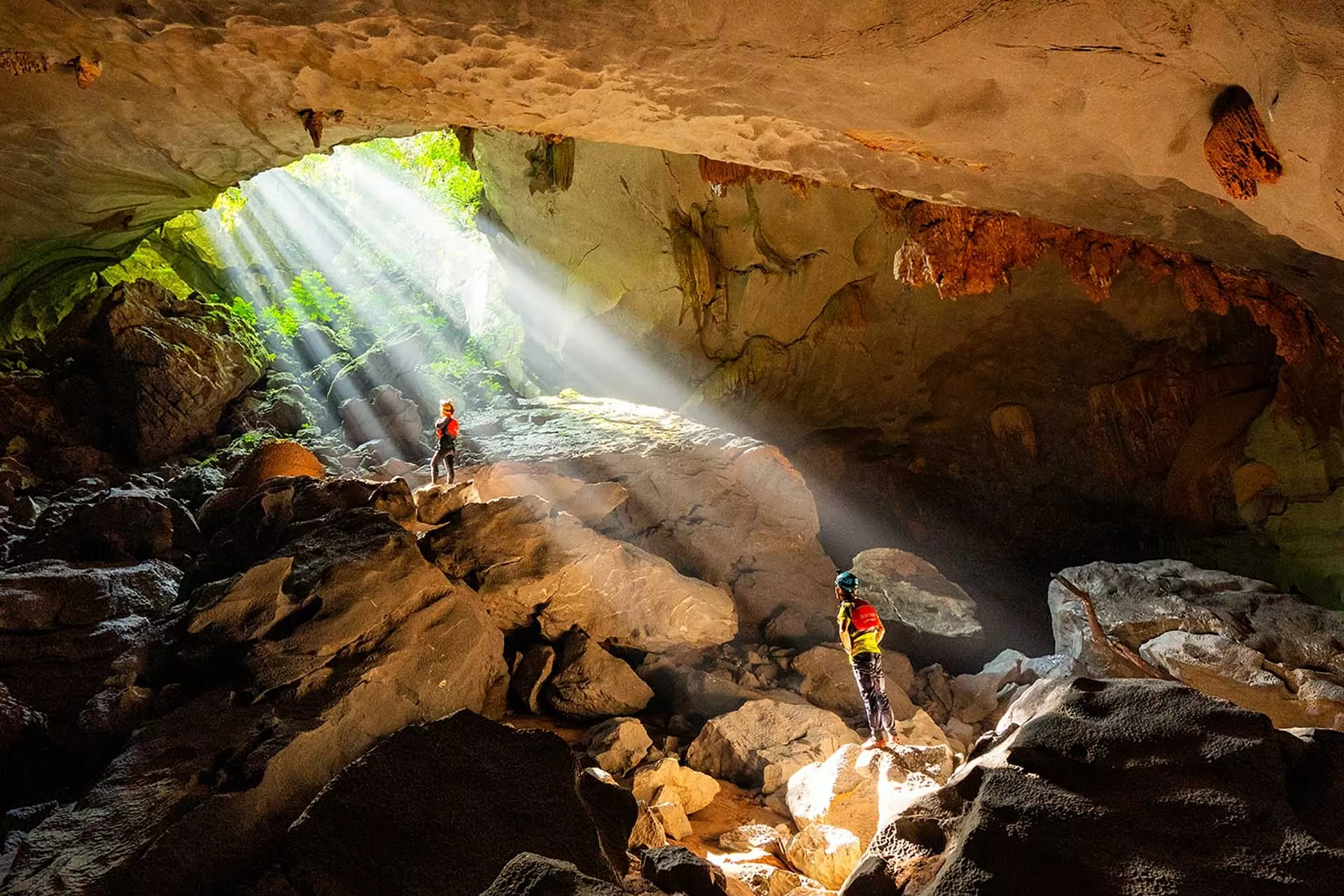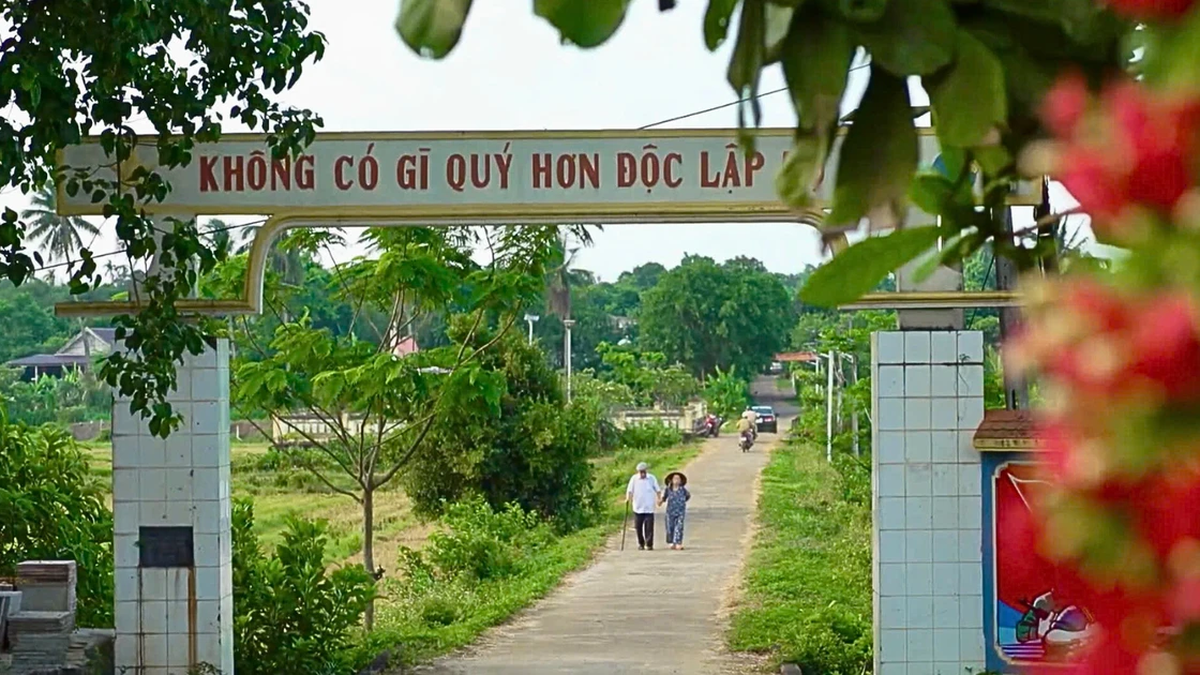
According to the Department of Cultural Heritage (Ministry of Culture, Sports and Tourism), the expansion of the heritage boundary is based on the joint nomination dossier of the two countries, sent to UNESCO in February 2024. This is the result of many years of close cooperation in research, conservation and promotion of heritage values.
Based on the assessment of the International Union for Conservation of Nature (IUCN), the advisory body of UNESCO, the common heritage site was recognized according to three outstanding criteria, including geology - geomorphology, ecosystem and biodiversity. This represents a new vision in the protection of natural resources, closely linked to regional cooperation, cultural - foreign policy and sustainable development strategy.
According to Deputy Minister of Culture, Sports and Tourism Hoang Dao Cuong, UNESCO's official recognition of the heritage is not only a source of pride, but also a strong message, clearly demonstrating the importance of international cooperation through nomination of common heritage.
The Phong Nha-Ke Bang and Hin Nam No transboundary heritages are clear evidence of the efforts to preserve unique natural values, while contributing to promoting peace and security, in line with UNESCO's mission.
The recognition of heritage not only brings honor, but also sets high requirements for management, conservation and sustainable development. According to Associate Professor, Dr. Le Thi Thu Hien, Director of the Department of Cultural Heritage, in the coming time, the two sides need to promote scientific research and develop effective management methods to respond to threats to heritage. At the same time, it is necessary to promptly assess tourism capacity in accordance with the tolerance of the ecosystem, thereby determining the limits and orientations for long-term development.
From an international perspective, Mr. Jake Brunner, IUCN Representative in Vietnam, emphasized the need to respect existing values and increase information sharing to ensure effective protection of the outstanding global values of the heritage.
Mr. Hoang Xuan Tan, Vice Chairman of Quang Tri province, said that in the coming time, the management work in the process of conservation and development of these two national parks will be carried out in the most synchronous and effective manner.
According to the plan, the two sides will apply separate parallel management mechanisms, including the Phong Nha - Ke Bang Strategic Management Plan and the Hin Nam No National Park Management Plan, but will still closely coordinate in areas such as law enforcement, scientific research, community education, sustainable livelihood development and tourism capacity control.
Director of Phong Nha - Ke Bang Tourism Center Hoang Minh Thang emphasized that one of the goals of Phong Nha - Ke Bang is to develop sustainable tourism in relation to the environment and the community. Therefore, the locality needs to focus on building and expanding models of eco-tourism, community tourism, and responsible tourism.
The Phong Nha-Ke Bang and Hin Nam No models are like a profound message sent to the international community: Cross-border cooperation in natural heritage conservation is an effective, feasible and humane solution in the context of globalization and climate change.
Phong Nha-Ke Bang National Park and Hin Nam No National Park are no longer two separate geographical entities, but have become symbols of solidarity and a shared vision between two neighboring countries, showing that the value of natural heritage can become a bridge in cultural diplomacy. This is a model that needs to be replicated in Southeast Asia, contributing to promoting regional cohesion through the power of natural heritage.
Source: https://baolaocai.vn/di-san-lien-bien-gioi-ket-noi-tinh-huu-nghi-post649845.html



































































































Comment (0)